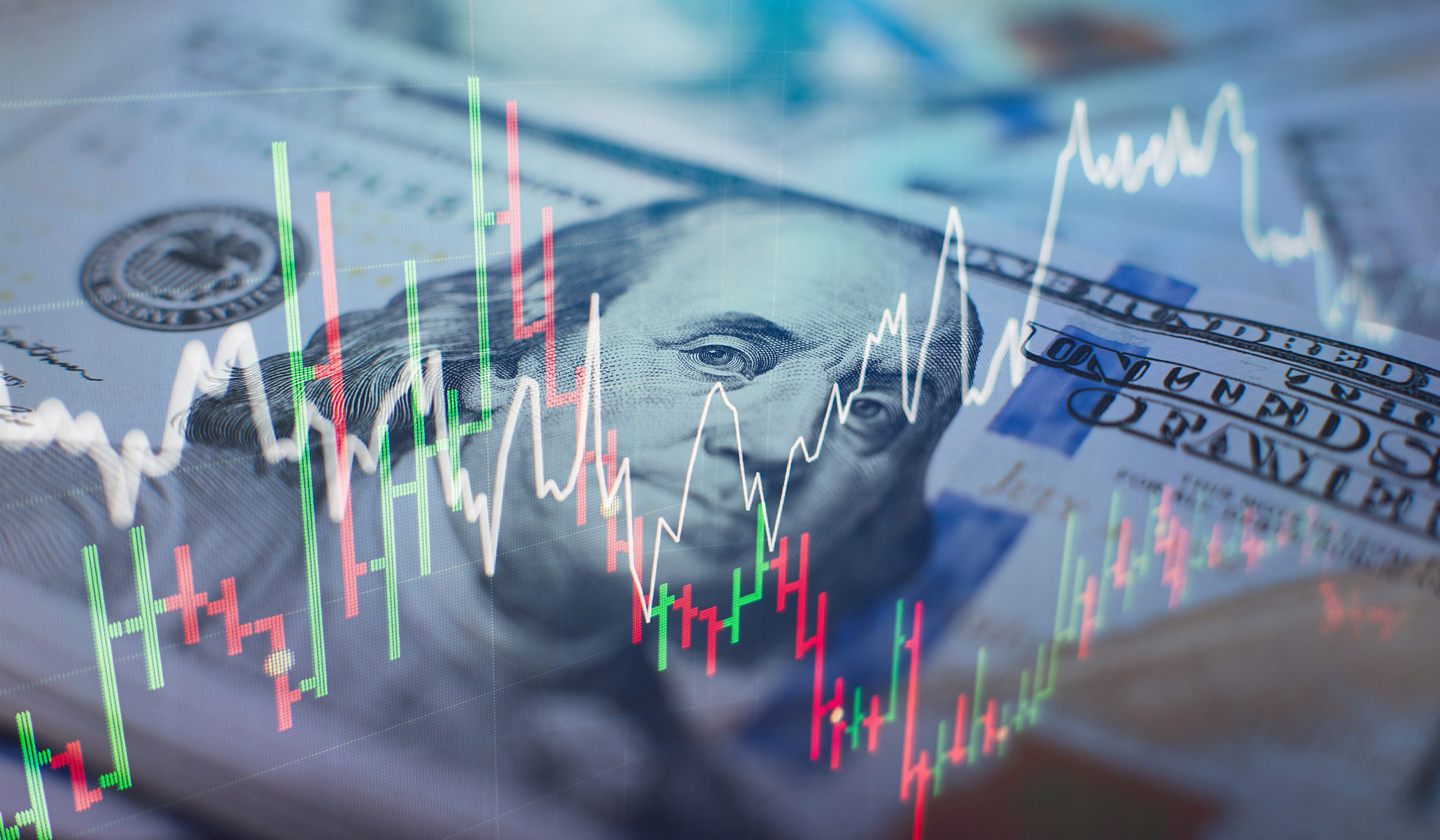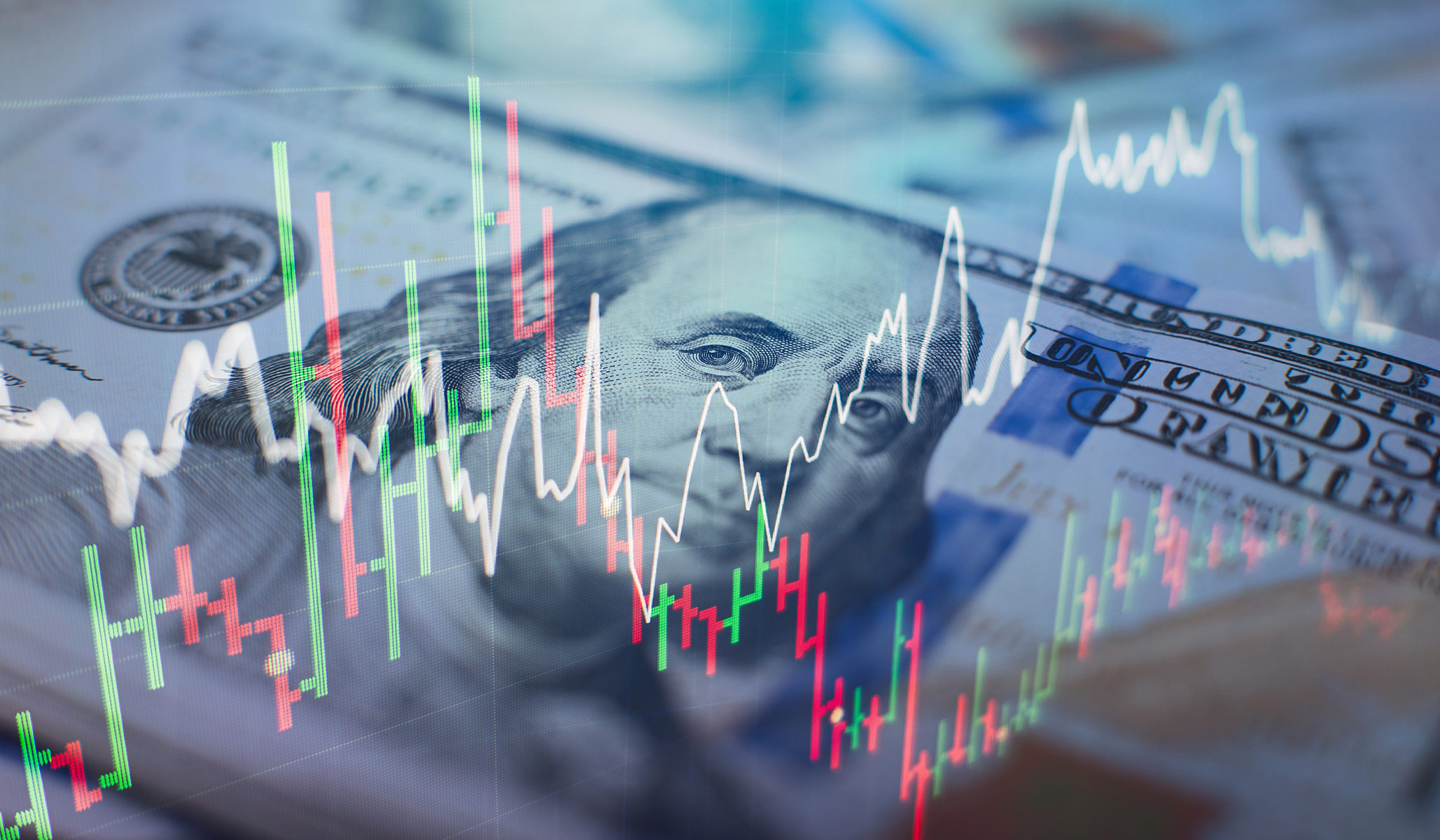
Tech stocks have been having a tough time of late, for reasons (I suspect) probably associated with a general souring of mood rather than anything more precise (some maintain that is a consequence of a recalculation of the present value of cash flows at a time when interest rates have been moving up, but that may be an attempt to dignify fear with math).
But, whatever its causes, a tech sell-off doesn’t bode well for ESG funds.
ESG inflows boomed throughout 2021, even as they slowed in pace towards the end of the year, with global sustainable fund assets doubling in the six months to September 2021 to reach $3.9tn, according to data provider Morningstar.
But the breakneck expansion of the ESG sector could stall if performance starts to approach or underperform benchmarks, after years of high-flying returns driven by powerful rallies in growth stocks.
At the end of December, the top stocks held across the world’s 20 largest ESG funds, which together manage about $340bn in assets, were technology giants Microsoft, Google’s parent company Alphabet and Apple, according to Rumi Mahmood, vice-president of ESG research at MSCI.
There’s been an argument for some time that one of the reasons that ESG funds did so well was simply the weight of money flowing into them and/or the companies in which they were invested. Some skeptics (including this one) even maintained that we might be seeing something of a green bubble, as investors looked for ways to invest in a category on the basis that it was hot rather than for its (supposed) virtues.
Another reason for these funds’ good performance was (as alluded to in that FT report) their heavy weighting in the tech sector. Stock prices in that sector were rising rapidly, fueled by tech companies’ growth — and hopes of more to come (and yes, ultra-low interest rates helped). But that growth and those hopes owed everything to the business of the companies in question and nothing to the E and S of ESG (a form of “socially responsible” investment that takes into consideration how well companies measure up against certain environmental, social, and governance benchmarks). Many of these companies tended to get good ESG scores on the basis of a light environmental footprint, but that was incidental to the nature of their business, rather the result of any conscious effort to be green.
All that was then. The FT:
The tech-focused Nasdaq Composite has had its worst start to the year in half a decade, briefly dropping into correction territory after the Fed adopted a more hawkish tone earlier this month before recovering to trade down 4.8 per cent since January 1. The current fall may turn out to be a blip, but a sustained shift in the market could be painful for ESG funds that have bet heavily on them.
“Certain names are at the top: Microsoft, big tech, big healthcare . . . these have been trading high and are the names these funds are most overweight. If we rotate and rates rise, they will be all beaten up. Banks and resources could fare better, and those are generally underweighted by ESG funds,” said Tom Mills, equity research analyst at Jefferies.
Shares in some more specialist ESG focused companies are down since the start of the year on worries this could soon materialise…
We’ll have to see what happens. A month or so’s underperformance would be an absurd reason to write off a sector, but the current weakness is a useful reminder that the boom in ESG investing has not always been what it may seem and, what’s more, that the frequently touted idea that a good ESG score should indicate greater resilience in a time of market turmoil might not be so reliable as some like to claim.
Back in April, Wayne Winegarden wrote an article for Capital Matters in which he examined the performance of ESG funds. It didn’t make entirely reassuring reading.
An extract:
[A] 2017 study in a top finance journal examined 2,000 funds engaging in social investing. Unlike past studies that bluntly classified funds as either socially responsible or conventional, the authors created a methodology to capture the varying degrees of social responsibility of these funds. Summarizing the results of this study, Kenneth Kim of EQIS Capital Management noted that the results conclusively showed that “when investing in SRI [socially responsible investing] or CSR [corporate social responsibility] funds, one should expect some underperformance.”
Winegarden also noted that ESG funds may, in certain respects, come with additional risks, whether it is because of a greater degree concentration in their portfolios (some that may ease as more companies work on boosting their ESG scores) or the inherent risk that comes from excluding certain sectors altogether. Less investment choice is, by definition, riskier than more. The FT notes that “for many investors, certain energy and resource companies are now uninvestable, no matter how well their stocks do, fund managers say.”
Winegarden added:
[B]road-based ESG funds that shun fossil-fuel companies but have greater exposure to the FAANG stocks would have performed very well in 2020. In this case, shunning fossil-fuel investments improved financial returns. While excluding certain investments may have enhanced past results, these trends change. The caveat “past performance is not indicative of future results” is apropos.
As of April 14, ExxonMobil is up around 39 percent year to date, whereas Apple is up a bit over 3 percent. Perhaps these trends indicate that shunning fossil-fuel investments will harm relative returns for ESG funds for all of 2021. Perhaps not. What this example definitively demonstrates, however, is that ESG funds are assuming specific investment risks, risks that may well not be clearly expressed to those looking to purchase them.
And so, the Financial Times (Dec 30, 2021):
Oil and gas shares — knocked early in the pandemic and increasingly shunned by eco-conscious investors — have this year eclipsed the stock markets’ in-vogue environmental, social and governance-focused companies.
As of December 29, US giants Exxon and Chevron had added 48 per cent and 40 per cent respectively in 2021. The duo have helped power global energy equity funds past many of the hundreds of US and European sustainable funds as defined by Morningstar, a data provider.
The iShares MSCI global energy producers exchange-traded fund is up 37 per cent to December 29, outperforming the largest US ESG fund — the $31.8bn Parnassus Core Equity fund – which is up 28 per cent. The largest iShares ESG fund run by giant fund manager BlackRock has also trailed, up 30 per cent.
It marks a sharp change from 2020, with the more tepid performance leading to early signs that investor enthusiasm for ESG funds has cooled, as investor inflows into the fund class have slowed from their breakneck pace at the beginning of the year.
All this may well change again in 2022, but the reality is that, over time, ESG investing (even if we exclude the cost of higher fees, and we shouldn’t) may well come at a price. That may be a price that investors are, if necessary, perfectly willing to pay — some certainly are — but they should do so with open eyes, and as the result of a positive choice rather than some sort of default option.

